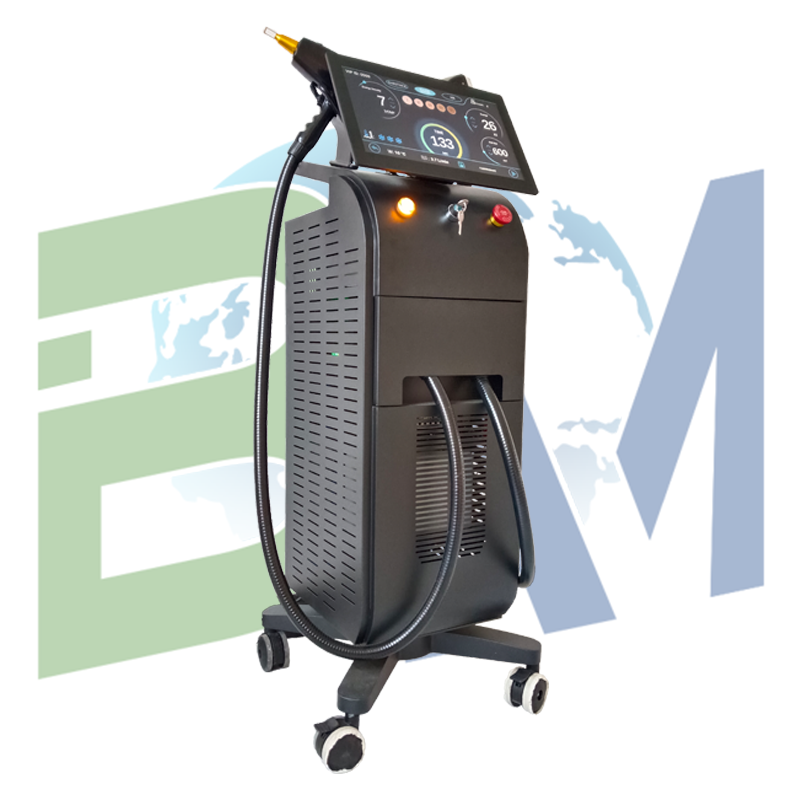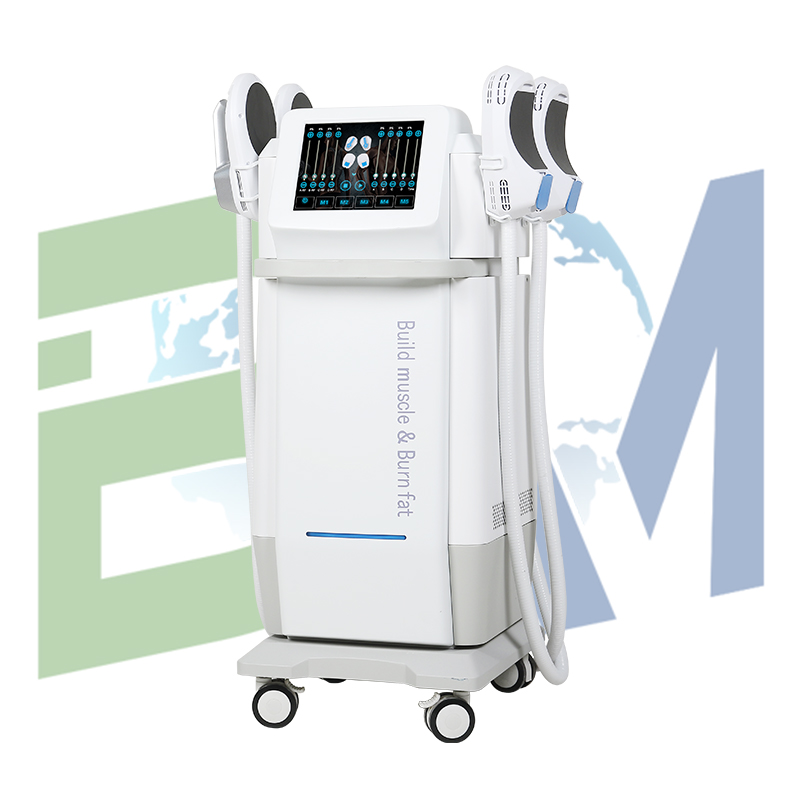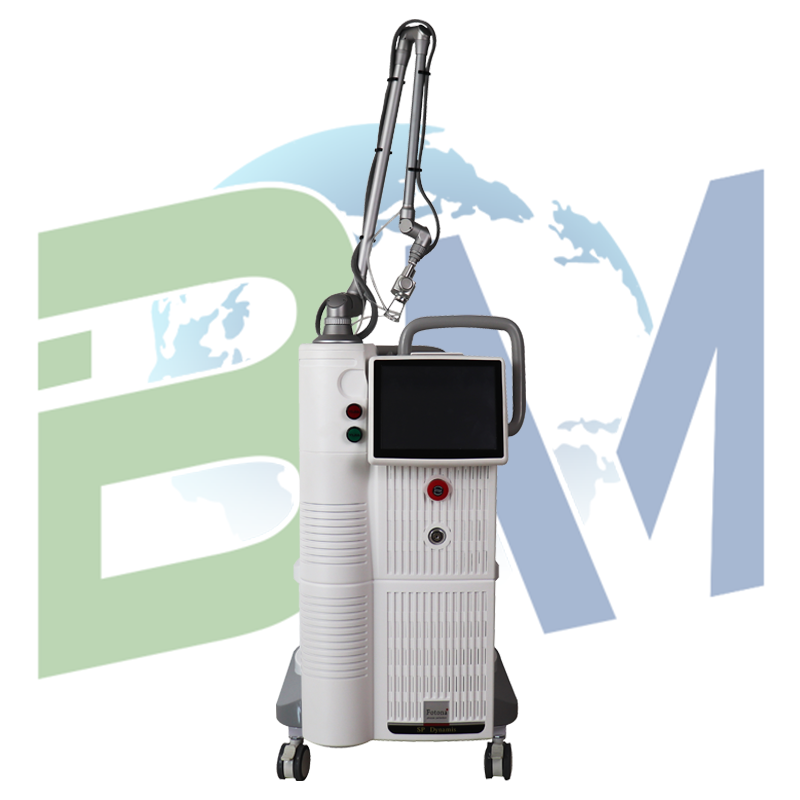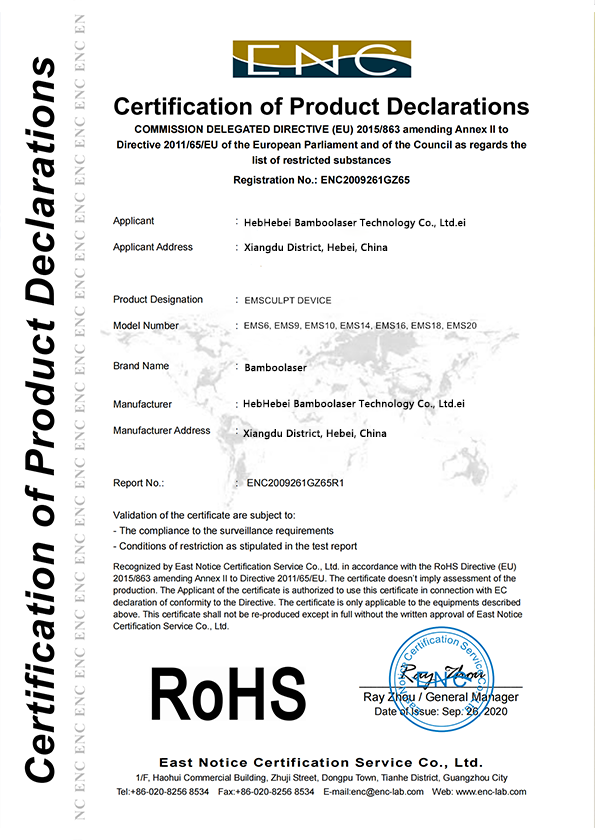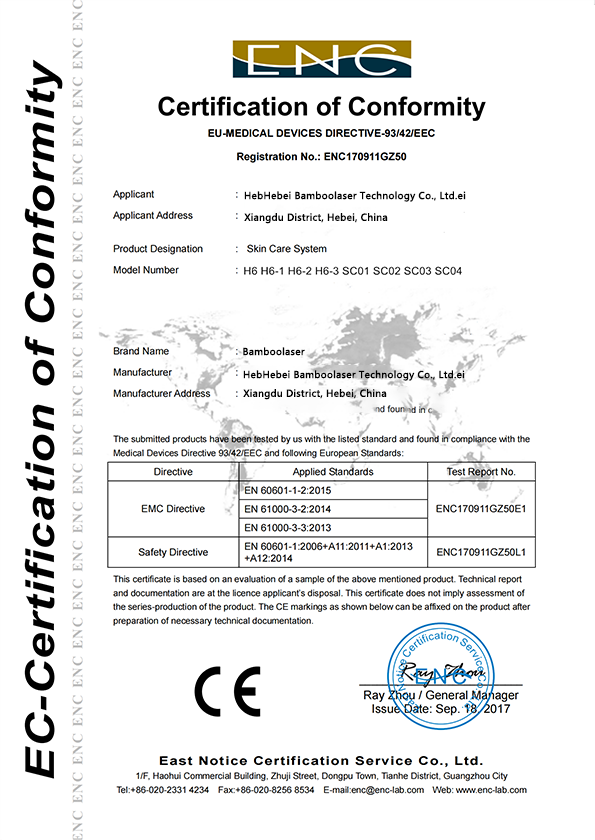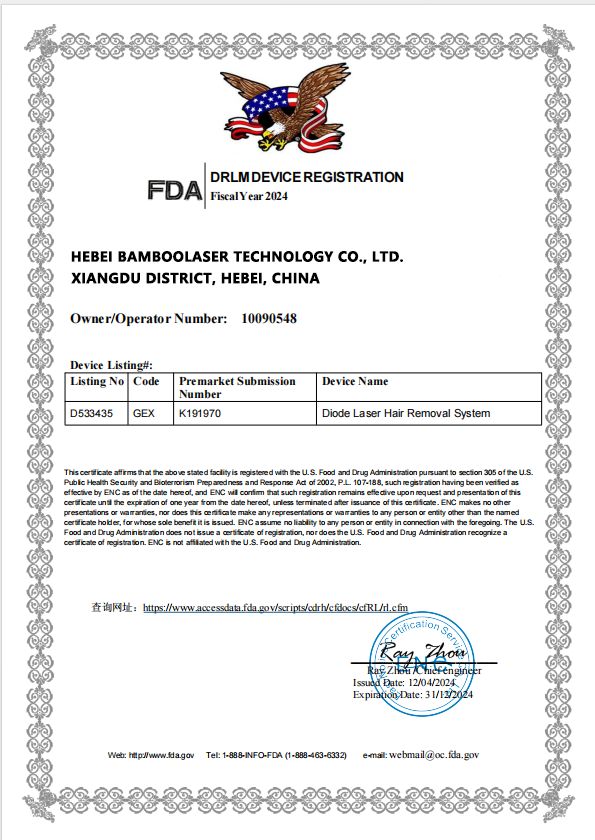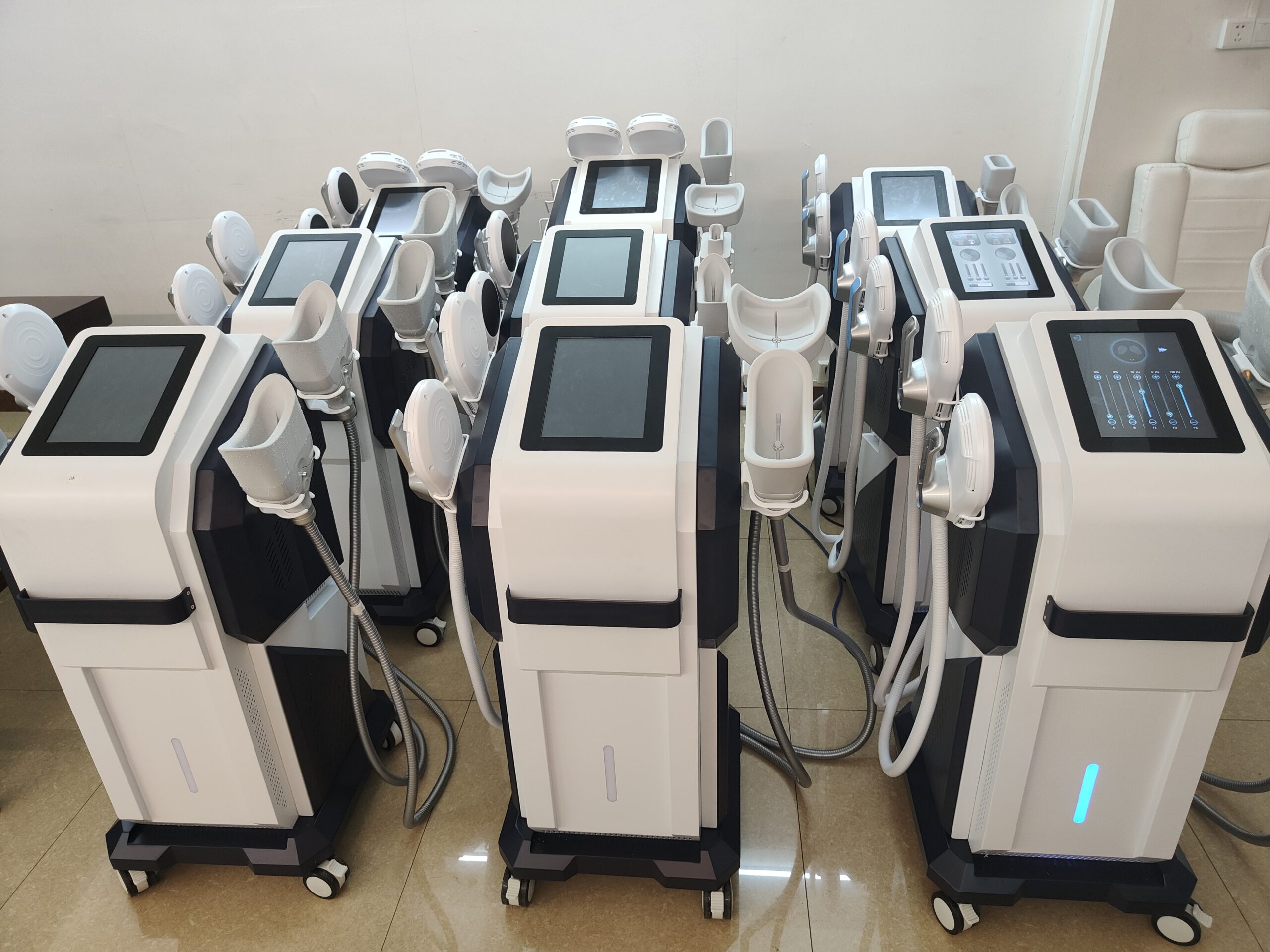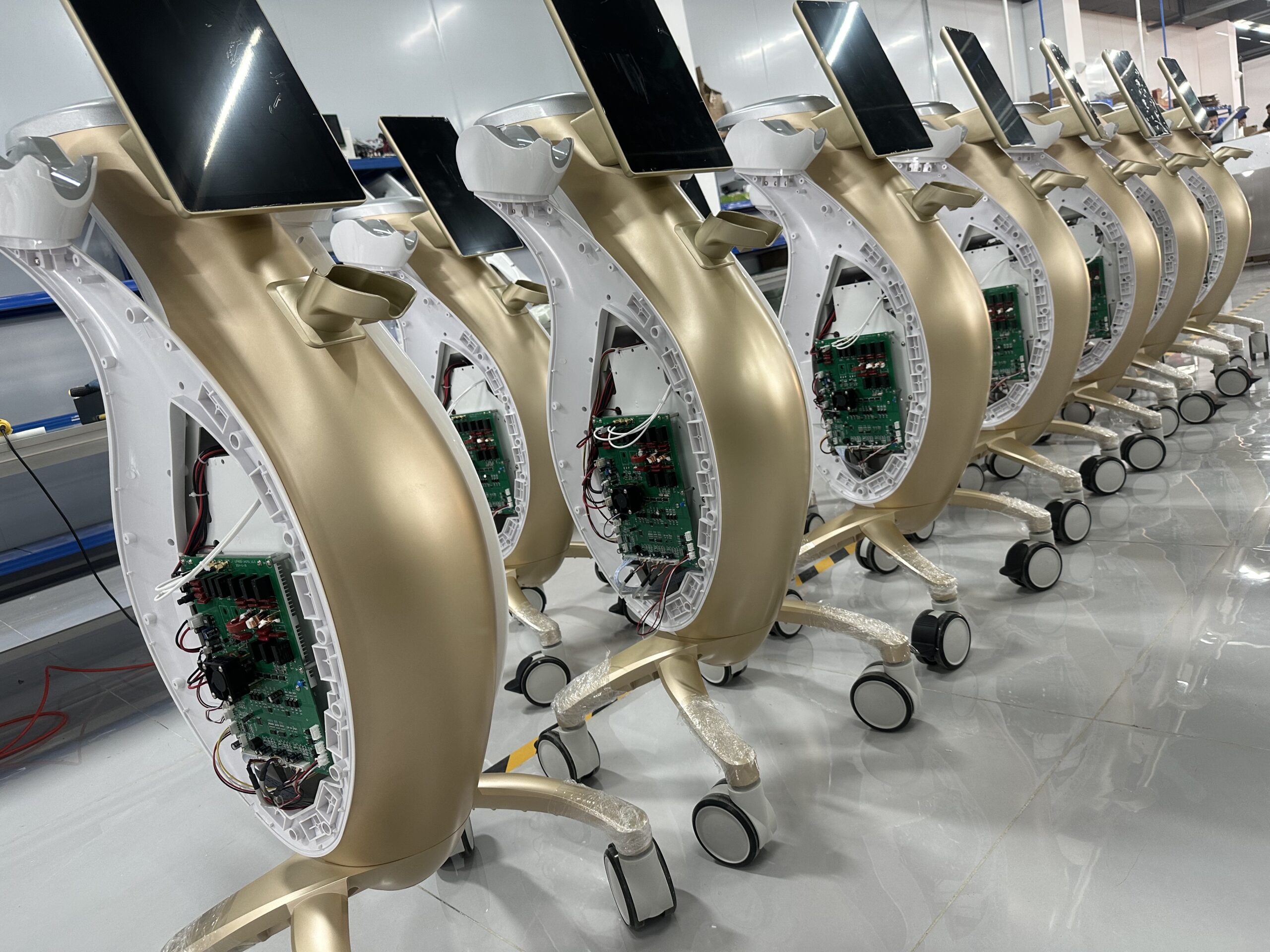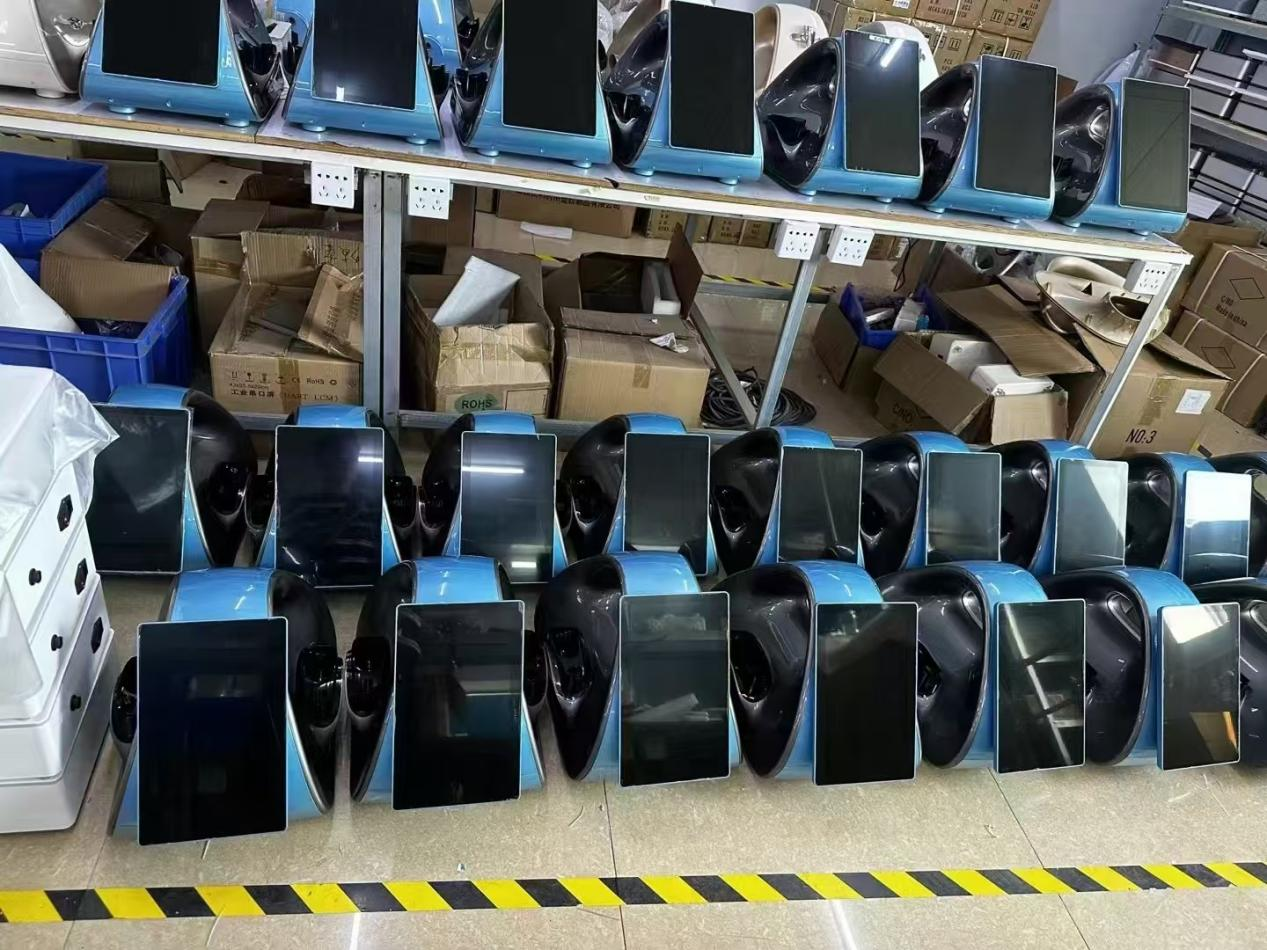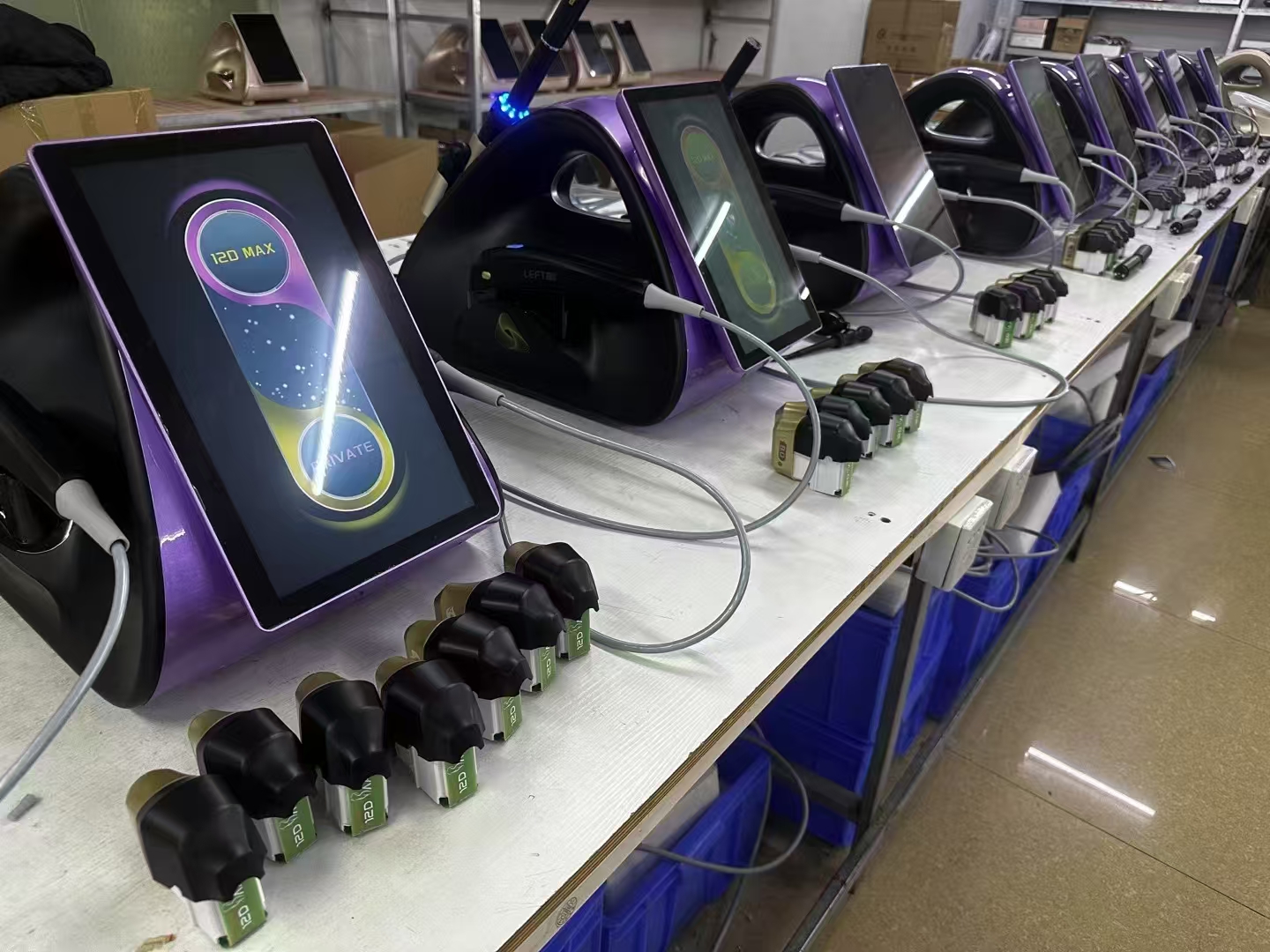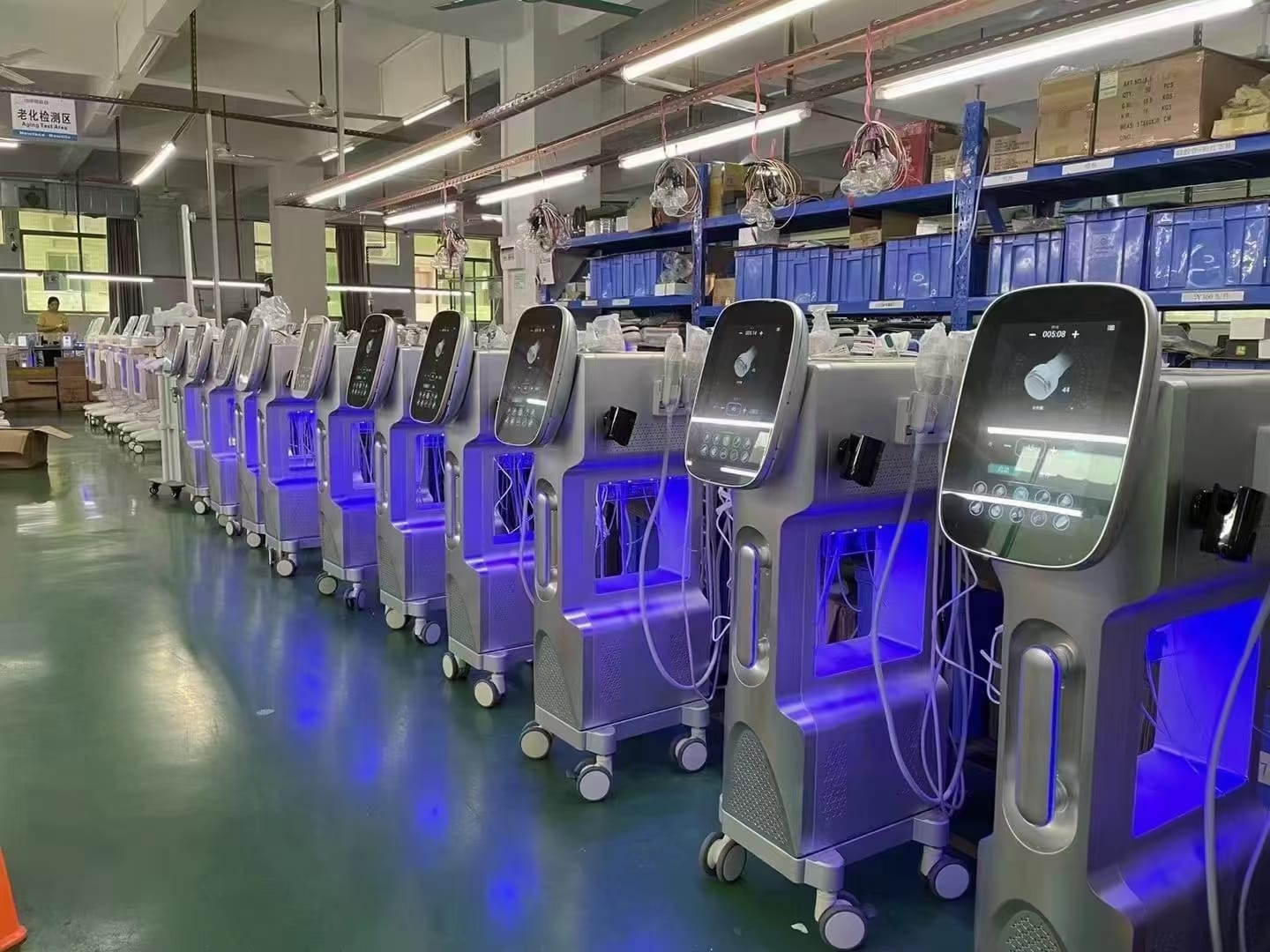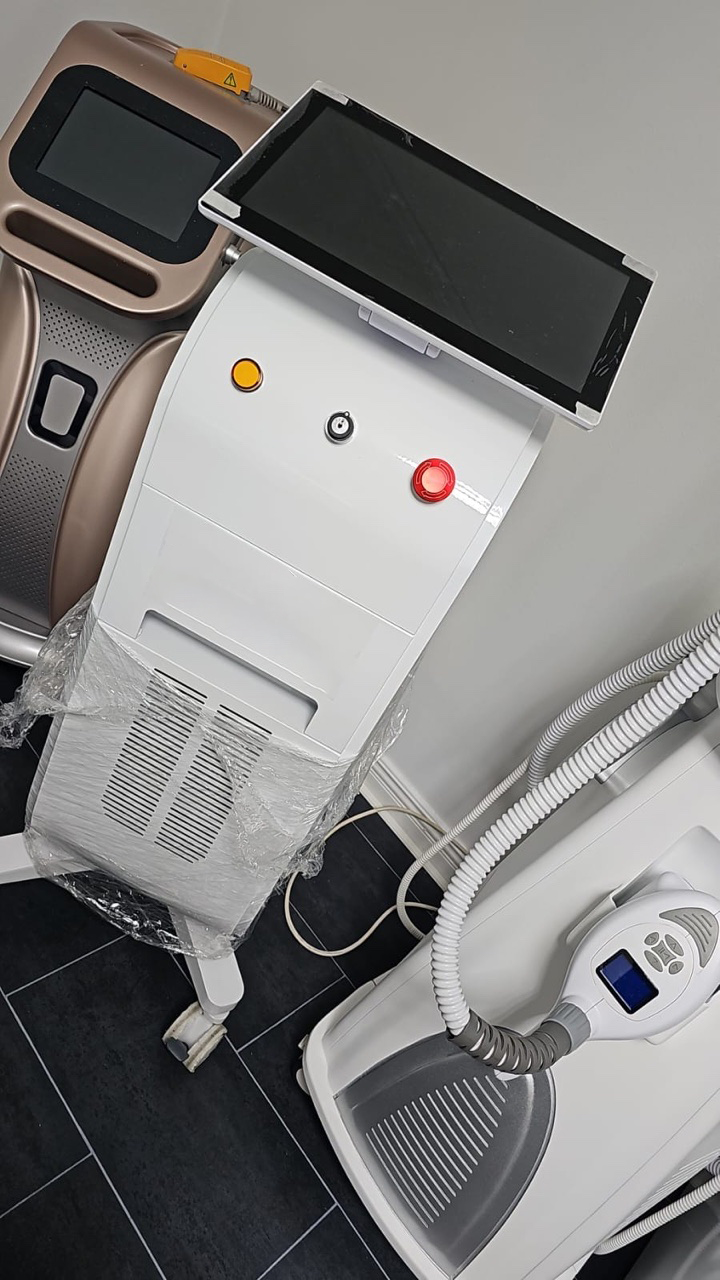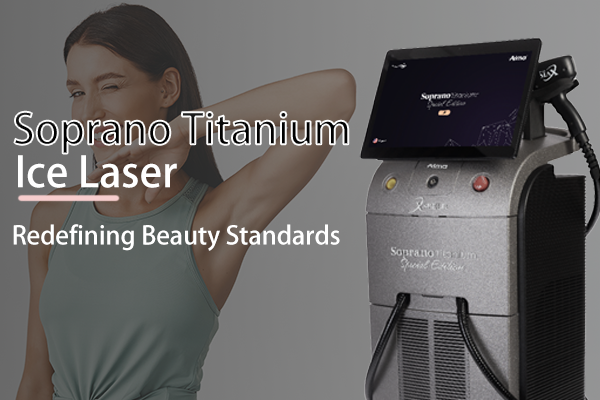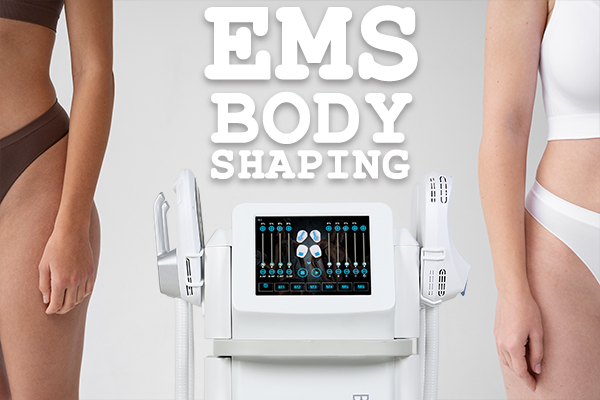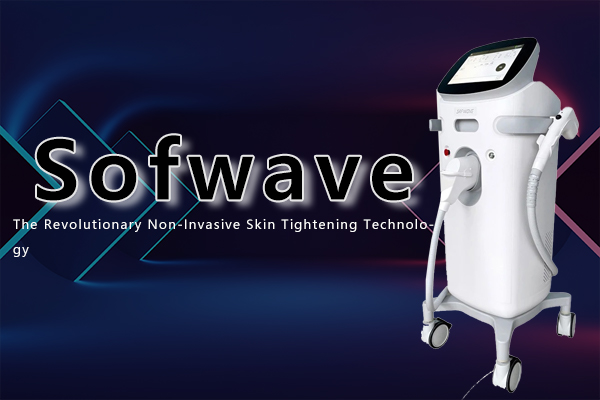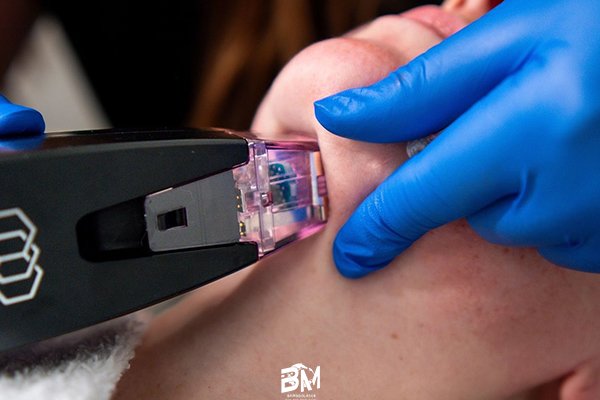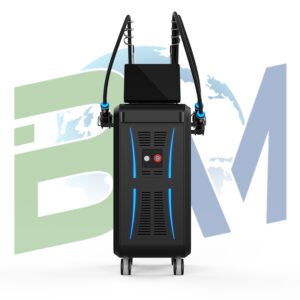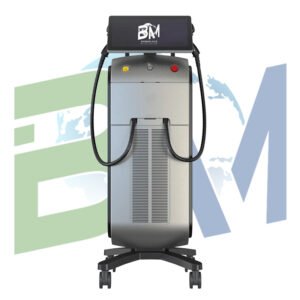In the field of medical beauty, Fusion Plasma technology is an innovative treatment method that combines the advantages of cold plasma and hot plasma, providing a new solution for skin treatment.
Principle of cold plasma
The working temperature of cold plasma is usually between 30℃ and 70℃, which is very gentle to the skin and will not cause thermal damage. It mainly works through the following mechanisms:
- Antibacterial and anti-inflammatory: The active particles in cold plasma (such as free radicals, ions, etc.) can effectively kill bacteria, viruses, and fungi, and are suitable for treating skin problems such as acne, eczema, and psoriasis.
- Promote healing: Cold plasma can directly soothe the skin and promote the regeneration and repair of skin cells. It is often used for postoperative care and repair of skin damage.
- Non-invasive and painless: Due to the low temperature and mild effect, cold plasma treatment is usually non-invasive, patients will not feel pain during treatment, and the recovery time is short.
Principle of hot plasma
The working temperature of hot plasma is between 120℃ and 400℃, which can produce thermal effects, mainly through the following mechanisms:
- Stimulate collagen regeneration: The thermal effect of hot plasma can stimulate collagen regeneration deep in the skin, improve skin elasticity and firmness, and is suitable for anti-aging and skin-firming treatment.
- Promote blood circulation and cell renewal: Hot plasma can promote blood circulation in the skin, accelerate cell metabolism, and make the skin healthier and more lustrous.
Principle of fusion plasma
Fusion plasma technology combines the advantages of cold plasma and hot plasma to achieve comprehensive skin treatment effects in the following ways:
- Comprehensive treatment plan: During the treatment process, doctors can flexibly switch between cold plasma and hot plasma modes according to the patient’s skin condition and treatment needs. For example, first use the hot plasma mode to stimulate collagen regeneration and improve skin sagging, and then switch to the cold plasma mode to soothe the skin and reduce redness and inflammation.
- Personalized treatment: The design of the device allows doctors to precisely adjust the intensity, temperature, and duration of plasma to suit the skin type and specific problems of different patients, providing a personalized treatment experience.
- Synergy: The combined use of cold plasma and hot plasma can produce a synergistic effect, which can effectively improve the deep structure of the skin, protect the skin surface, and reduce discomfort and side effects during treatment.
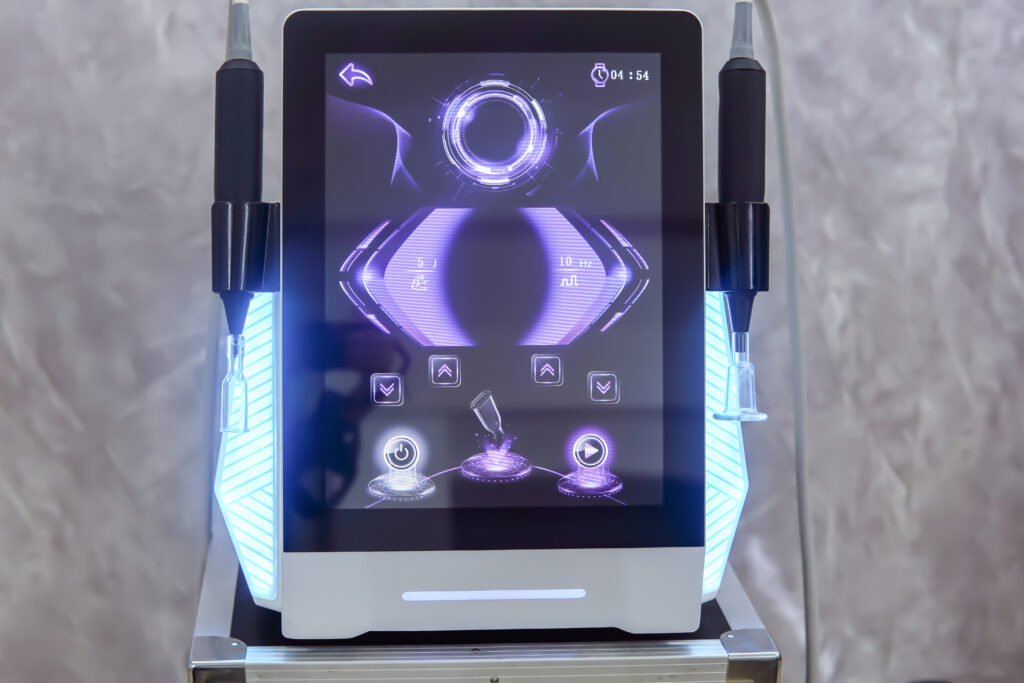
Application Examples
Application examples of fusion plasma technology in medical beauty include:
- Skin firming and anti-aging: Reduce wrinkles and improve skin firmness by stimulating collagen regeneration and improving skin elasticity.
- Acne and inflammation treatment: Effectively treat acne and skin inflammation by using the antibacterial and anti-inflammatory properties of cold plasma.
- Postoperative care and skin repair: Promote skin healing and regeneration, and reduce postoperative scars and redness.
Fusion plasma technology combines the advantages of cold plasma and hot plasma to provide an efficient, safe and versatile skin treatment tool for the medical beauty field, which can meet the treatment needs of various skin problems and bring better treatment effects and experience to patients.


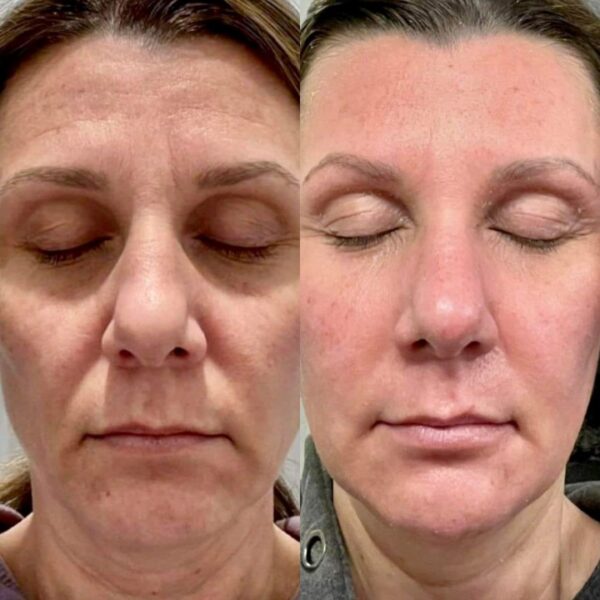
The therapeutic effect of cold plasma
The working temperature of cold plasma is usually between 30℃ and 70℃, which is very gentle to the skin and will not cause thermal damage. It mainly plays a role in the treatment of acne through the following mechanisms:
- Antibacterial and anti-inflammatory: The active particles in cold plasma (such as free radicals, ions, etc.) can effectively kill bacteria, viruses, and fungi, especially Propionibacterium acnes, which is one of the main pathogens of acne. By reducing the number of bacteria, cold plasma can significantly reduce the inflammatory response of acne.
- Promote healing: Cold plasma can directly soothe the skin, promote the regeneration and repair of skin cells, accelerate the healing process of acne, and reduce the scars and erythema left by acne.
- Non-invasive and painless: Due to the low temperature and mild effect, cold plasma treatment is usually non-invasive, patients will not feel pain during treatment, and the recovery time is short.
The therapeutic effect of hot plasma
The working temperature of hot plasma is between 120℃ and 400℃, which can produce thermal effects and play a role in the treatment of acne mainly through the following mechanisms:
- Stimulate collagen regeneration: The thermal effect of hot plasma can stimulate collagen regeneration deep in the skin, improve the elasticity and firmness of the skin, and reduce scars and pits left by acne.
- Promote blood circulation and cell renewal: hot plasma can promote blood circulation in the skin, accelerate cell metabolism, and make the skin healthier and more lustrous.
- Regulate sebaceous gland secretion: The thermal effect of hot plasma can regulate the secretion of sebaceous glands, reduce excessive sebum secretion, and thus reduce the occurrence of acne.
Comparison between cold plasma and hot plasma
- Temperature: Cold plasma has a lower temperature (30℃-70℃), while hot plasma has a higher temperature (120℃-400℃).
- Mechanism of action: Cold plasma improves acne mainly by antibacterial and anti-inflammatory and promoting healing; hot plasma improves acne mainly by stimulating collagen regeneration and promoting blood circulation.
- Applicable conditions: Cold plasma is suitable for mild to moderate acne, especially inflammatory acne; hot plasma is suitable for moderate to severe acne, especially with scars and pits.
- Recovery time: Cold plasma treatment usually has a short recovery time, is non-invasive and painless; hot plasma treatment may require a slightly longer recovery time, but the effect is more significant.
Cold plasma and hot plasma each have their advantages in treating acne, and the appropriate treatment method can be selected according to the patient’s specific situation. Cold plasma is suitable for mild to moderate acne, which can quickly reduce inflammation and promote healing; hot plasma is suitable for moderate to severe acne, which can effectively improve the deep structure of the skin and scar problems. In practical applications, fusion plasma technology combines the advantages of both and can provide a more comprehensive and efficient treatment plan.
The side effects of fusion plasma technology on the skin in medical beauty are usually mild and short-lived. According to relevant research and clinical applications, the side effects of fusion plasma technology on the skin mainly include the following:
- Mild skin reactions: During the treatment, patients may experience short-term skin redness, slight tingling or itching. These reactions are usually temporary and will subside on their own in a short time.
- Effects on cell activity: Studies have shown that plasma treatment can maintain the high activity of normal cells while promoting the healing of wound tissue. For example, after 3 minutes of plasma treatment, human keratinocytes and human skin fibroblasts still maintain high cell activity of more than 90% and 70%.
- Safety assessment: Plasma treatment shows good safety and tolerability in the treatment of various skin problems. For example, in the study of the treatment of chronic skin ulcers, no obvious side effects were observed in plasma treatment.
In general, the side effects of fusion plasma technology on the skin in medical beauty are relatively small, and the risks can be minimized under the operation and guidance of professional medical personnel.



